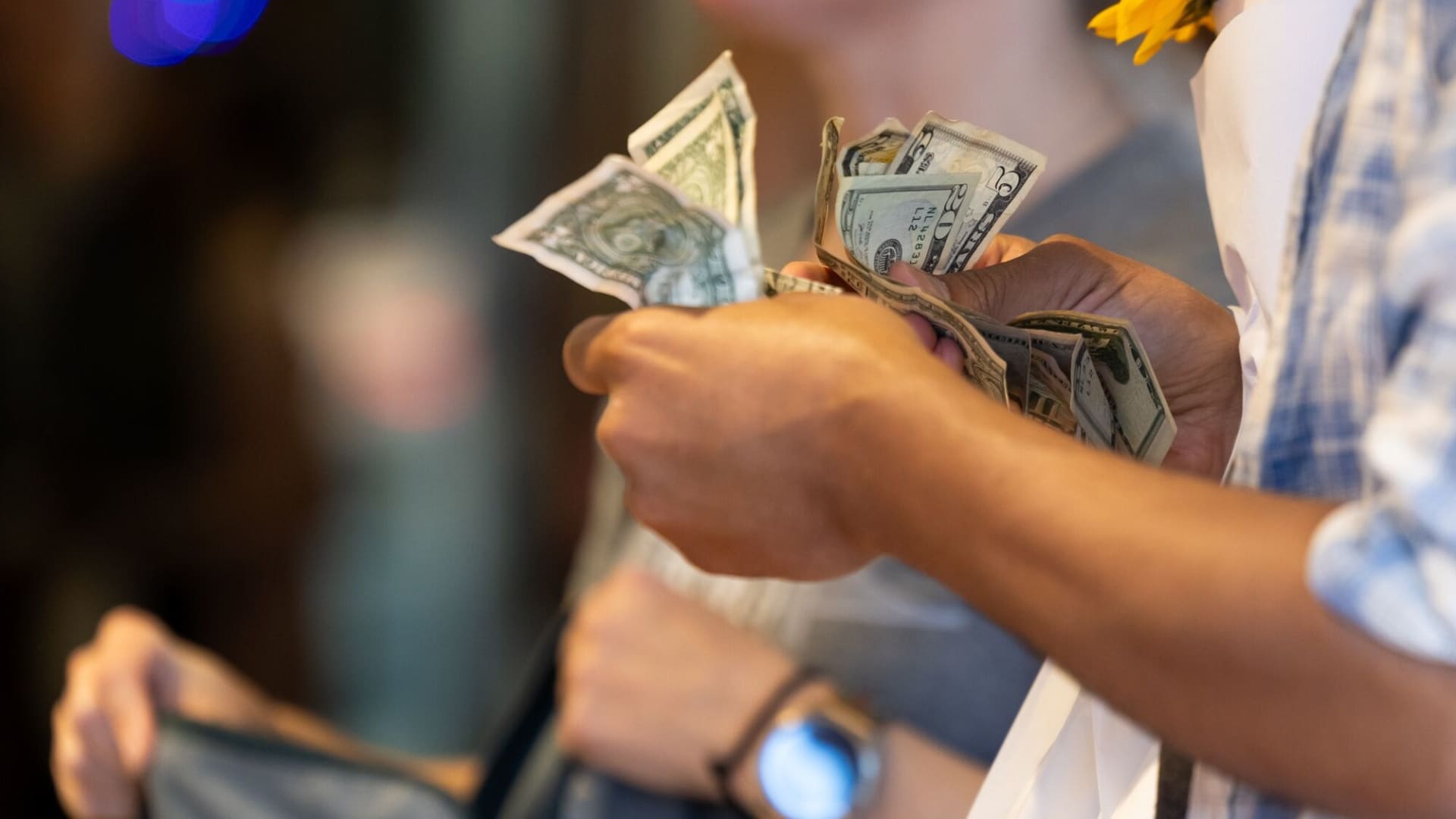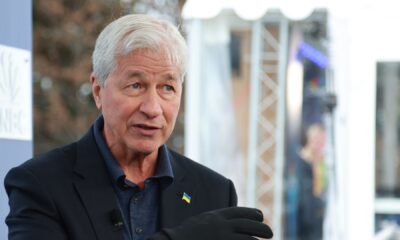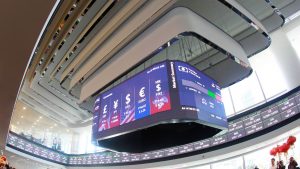Finance
Why the Fed Cuts Rates Could Weaken the US Dollar

SeongJoon Cho/Bloomberg via Getty Images
The US Federal Reserve could start cutting interest rates before the end of the year. That could make future trips abroad more expensive for the country’s travelers.
That’s because of the way interest rate policy affects the strength of the US dollar.
Here’s the basic idea: An environment of rising U.S. interest rates relative to those in other countries is generally “dollar positive,” says Jonathan Petersen, senior market economist and currency specialist at Capital Economics.
In other words, rising interest rates support a stronger U.S. dollar against foreign currencies. Americans can buy more things abroad with their money.
The opposite dynamic — falling interest rates — tends to be “dollar negative,” Petersen said. A weaker dollar means Americans can buy less abroad.

Fed officials said in June that they expect to cut rates once in 2024 and another four times in 2025.
“Our expectation for now is that the dollar will come under more pressure next year,” Petersen said.
However, that’s not necessarily a foregone conclusion. Some financial experts think the strength of the dollar could have staying power.
“There have been quite a few headlines calling for the demise of the US dollar,” said Richard Madigan, chief investment officer at JP Morgan Private Bank. wrote in a recent note. “I continue to believe that the dollar remains the one-eyed man in the land of the blind.”
Why the US dollar gives a ‘discount’ abroad
The Fed began raising rates aggressively in March 2022 to curb high inflation during the pandemic. In July 2023, the central bank had raised interest rates to their top level in 23 years.
Against this backdrop, the dollar’s strength increased.
The Nominal Broad US Dollar Index is higher than at any time before the pandemic, dating back to at least 2006, when the central bank began keeping such data. The index measures the appreciation of the dollar against the currencies of the country’s major trading partners, such as the euro, the Canadian dollar and the Japanese yen.
More from Personal Finance:
What Taylor Swift’s The Eras Tour Says About ‘Passion Tourism’
Is Inflation Biden’s or Trump’s Fault? The answer is not that simple
Why more Americans are struggling even as inflation cools
For example, in July 2022, the US dollar reached parity with the euro for the first time in twenty years, meaning they had an exchange rate of 1:1. (The euro has recovered somewhat since then.)
The US dollar reached its peak in early July strongest level against the yen in 38 years.
A strong U.S. dollar gives “a discount on everything you buy while you’re abroad,” Petersen said.
“In some ways, it has never been cheaper to go to Japan,” he added.
A record number of Americans visited Japan in April, according to the Asian country’s tourism bureau. Benjamin Atwater, communications specialist at travel agency InsideAsia Tours, attributes this partly to the financial incentive provided by a strong dollar.
In fact, he recently personally extended a business trip to Japan by a week and a half – rather than opting for a trip elsewhere in Asia – largely because of the favorable exchange rate.
Everything from meals, hotels, souvenirs and the rental car were a “great value,” said Atwater, who lives in Denver and has long wanted to travel to Japan.
“It was always portrayed as one of the most expensive places you can go, [but] I got some of the best steaks I’ve ever had for about $12,” he said.
How interest rates affect the US dollar
In reality, the dynamics driving dollar fluctuations are more complex than whether the Fed raises or lowers rates.
The difference in U.S. interest rates versus other countries is what is significant, economists said. Fed policy does not exist in a vacuum: other central banks also make interest rate choices at the same time.
For example, the European Central Bank lowered interest rates in June. Meanwhile, the Fed has kept rates higher for longer than many forecasters expected – meaning the interest rate spread between the US and Europe has widened, helping to support the dollar.
“The Fed is at a standstill, other central banks are preparing to ease and the Bank of Japan (BoJ) appears to be stuck,” JP Morgan’s Madigan wrote.
U.S. Federal Reserve Chairman Jerome Powell speaks during a hearing of the Senate Banking, Housing and Urban Affairs Committee on July 9, 2024.
Bonnie Cash | Getty Images News | Getty Images
“If Japan wants the yen to stabilize, policy rates must rise,” he added. “That doesn’t seem likely to happen anytime soon. With the ECB expected to cut spending before the Fed, I expect the current weakness of the euro will also prevail.”
This is happening against the backdrop of a relatively strong U.S. economy, which generally also supports a strong dollar, Petersen said. At a high level, a strong economy means there will generally be higher economic growth and/or inflation, which means a greater chance that the Fed will keep interest rates relatively high, he said.
A strong economy also typically encourages foreigners to park more money in the U.S., he said.
For example, investors generally get a better return on cash when interest rates are high. If an investor in Europe or Asia might get 1% or 2% on bank accounts, while such holdings in the U.S. would yield 5%, that investor could shift some money to the U.S., Petersen said.
Or an investor may want to keep a larger portion of his portfolio in U.S. stocks than in European stocks if the economic growth prospects in Europe are not good, he said.
In such cases, foreigners purchase dollar-denominated financial assets. They would sell their local currency and buy the dollar, a process that ultimately increases the dollar’s strength, Petersen said.
Exchange rates “all come down to capital flows,” he said.
While this dynamic also applies in emerging markets, currency movements can be more volatile than in developed countries due to factors such as political shocks and risks to commodity prices such as oil, he added.









